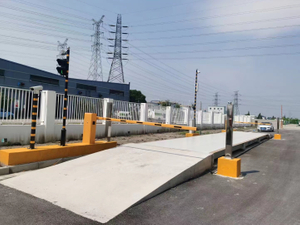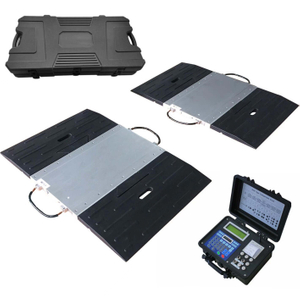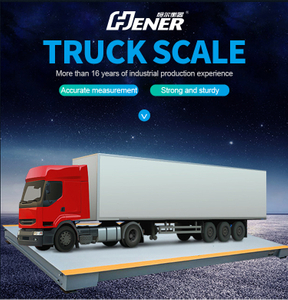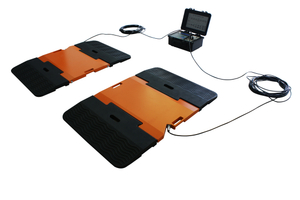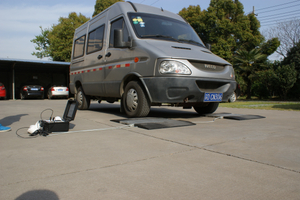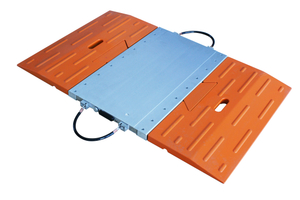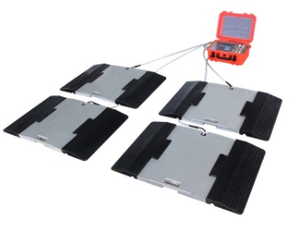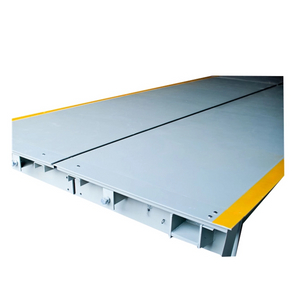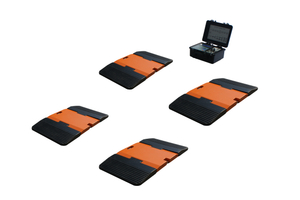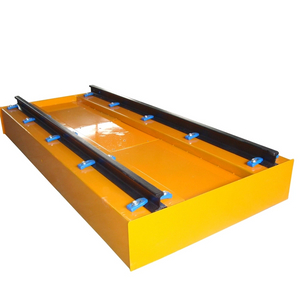A Guide to Using Truck Scales (Weighbridges)
Accurately determining the weight of your truck is critical for safety, legal compliance, and operational efficiency. Overloaded trucks pose risks to road infrastructure, increase accident likelihood, and can result in hefty fines. Conversely, underloading may lead to inefficient fuel use and lost revenue. The most reliable tool for measuring a truck’s weight is a truck scale, also known as a weighbridge or automotive scale. This article explores how truck scales work, their types, and step-by-step guidance to ensure precise weight measurements.
What Is a Truck Scale (Weighbridge)?
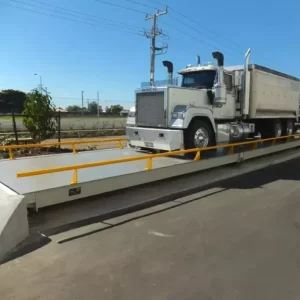
A truck scale is a large, heavy-duty platform designed to measure the gross vehicle weight (GVW) of trucks, trailers, and cargo. These scales are engineered to handle weights ranging from 20,000 kg to over 100,000 kg, depending on their design. They are commonly installed at logistics hubs, quarries, farms, and highway checkpoints to ensure compliance with transportation laws.
Types of Truck Scales
Static Weighbridges: Require the truck to stop completely on the scale for measurement. These provide the highest accuracy.
Dynamic (In-Motion) Scales: Measure weight as the truck drives slowly over sensors. Faster but slightly less precise.
Portable Scales: Modular scales that can be temporarily assembled on-site. Ideal for remote locations.
Pit-Mounted vs. Surface-Mounted: Pit-mounted scales sit flush with the ground, while surface-mounted scales are elevated.
How Truck Scales Work
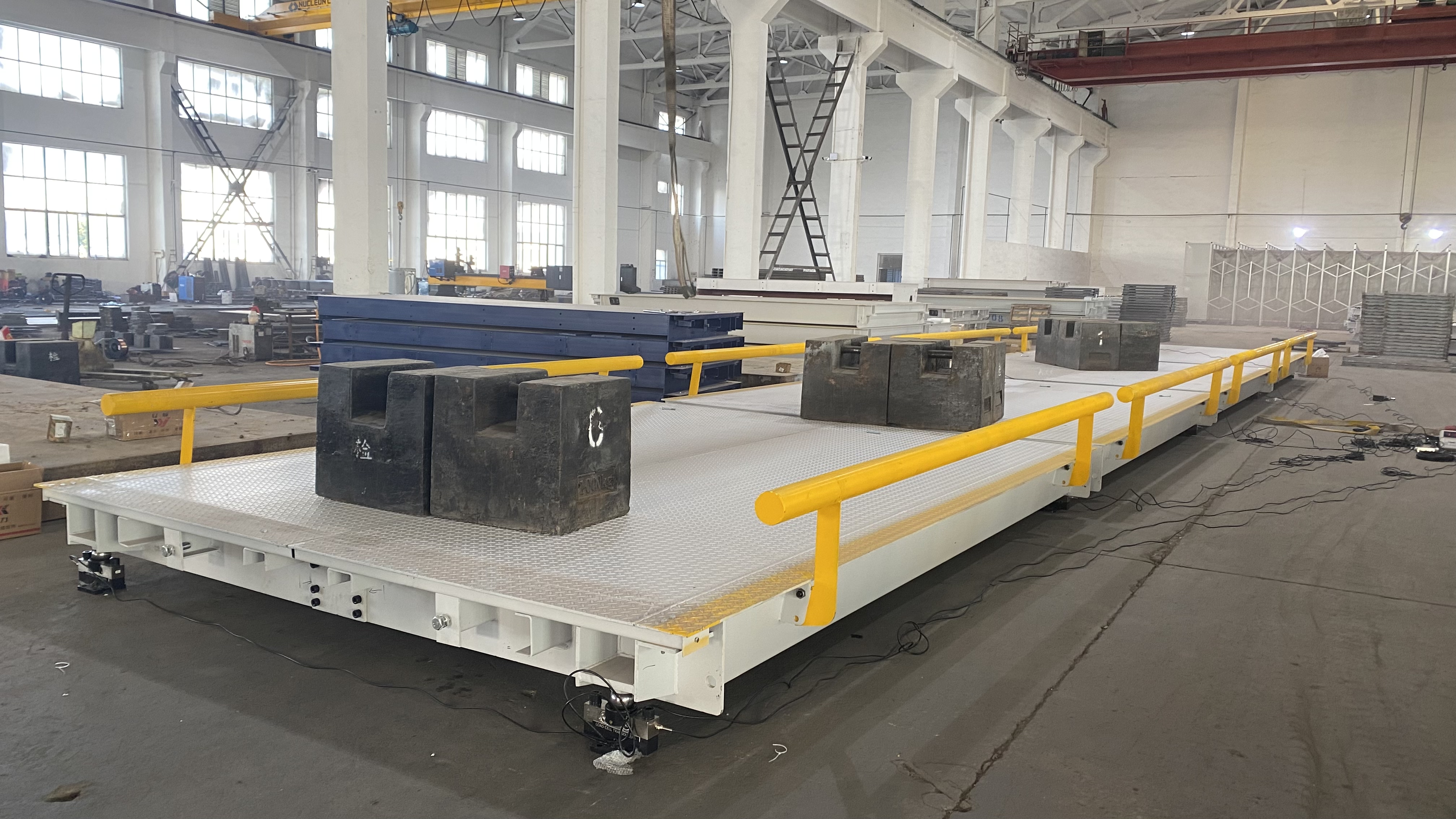 Modern weighbridges use load cells—electronic sensors that convert force into electrical signals—to calculate weight. When a truck parks on the scale, the load cells beneath the platform measure the pressure exerted by each axle. The data is transmitted to a digital indicator or software, which sums the axle weights to determine the total GVW.
Modern weighbridges use load cells—electronic sensors that convert force into electrical signals—to calculate weight. When a truck parks on the scale, the load cells beneath the platform measure the pressure exerted by each axle. The data is transmitted to a digital indicator or software, which sums the axle weights to determine the total GVW.
Key components:
Platform: Steel or concrete structure supporting the truck.
Load Cells: Precision sensors under the platform.
Indicator/Controller: Displays weight and stores data.
Software: Integrates with fleet management systems for compliance tracking.
Step-by-Step Guide to Weighing Your Truck
Follow these steps to ensure accurate results:
Step 1: Locate a Certified Truck Scale
Use public scales at truck stops, logistics centers, or highway inspection stations.
Ensure the scale is government-certified (e.g., NTEP in the U.S., MID in the EU) for legal compliance.
Step 2: Prepare Your Truck
Empty vs. Loaded Weight: Determine if you need curb weight (empty truck) or gross weight (with cargo).
Axle Alignment: Drive straight onto the scale to distribute weight evenly.
Remove Debris: Clear ice, mud, or loose items that could alter measurements.
Step 3: Position the Truck Correctly
For static scales: Stop the truck entirely on the platform, ensuring all wheels are on the scale.
For dynamic scales: Maintain a steady, slow speed (5–10 km/h) as directed.
Step 4: Record the Measurements
Static scales display weight once the truck is stationary.
Dynamic scales provide a readout as the axles pass over sensors.
Note the gross weight (total truck + cargo) and axle weights separately.
Step 5: Verify Compliance
Compare results against local weight limits. For example:
U.S. federal limits: 36,000 kg (80,000 lbs) GVW, with axle-specific caps.
EU limits: 40,000 kg for semi-trucks.
Adjust cargo distribution if axles exceed limits.
Common Mistakes to Avoid
Partial Weighing: Ensure the entire truck is on the scale; hanging tires or trailers off the platform skews results.
Uneven Load Distribution: Shift cargo to balance axle weights.
Ignoring Environmental Factors: Wind, vibrations, or temperature fluctuations can affect accuracy.
Using Uncalibrated Scales: Scales require regular certification (at least annually) to maintain precision.
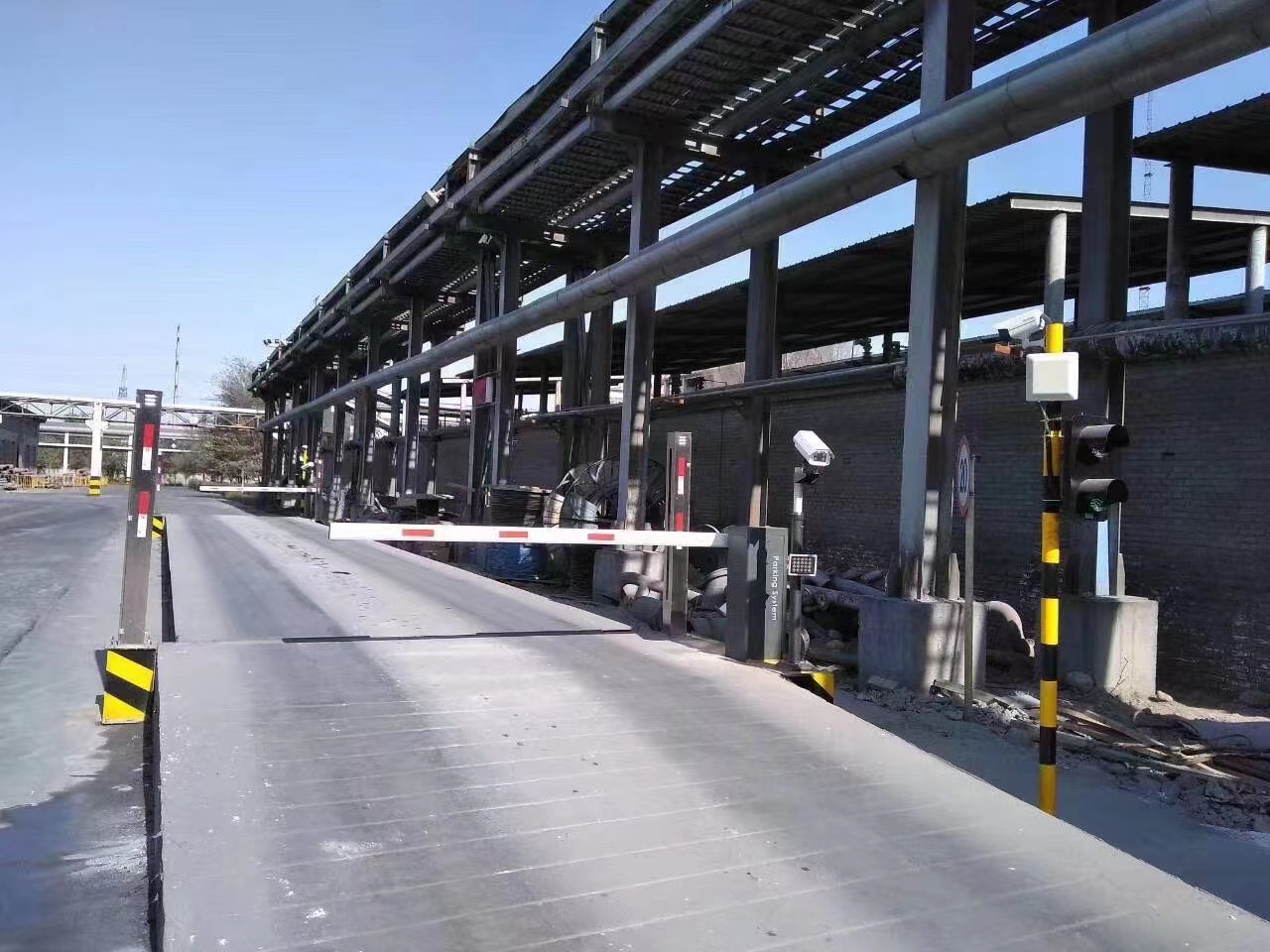
Benefits of Regular Weighing
Avoid Fines: Overloading penalties can exceed $10,000 in some regions.
Enhance Safety: Proper weight distribution improves braking and stability.
Optimize Logistics: Identify underloading to maximize cargo capacity per trip.
Prevent Infrastructure Damage: Overloaded trucks accelerate road wear, costing taxpayers billions annually.
Alternatives to Truck Scales
While weighbridges are the gold standard, other methods include:
Axle Weigh Pads: Portable pads placed under individual wheels. Less accurate but useful for quick checks.
Onboard Weighing Systems: Sensors installed in truck suspensions. Provide real-time estimates but lack legal certification in many areas.
Maintaining Your Truck Scale
 If you own a weighbridge:
If you own a weighbridge:
Clean debris from the platform regularly.
Inspect load cells for damage or corrosion.
Schedule annual calibration with certified technicians.
Conclusion
Finding your truck’s actual weight is not just a regulatory formality—it’s a cornerstone of safe and efficient transportation. By using certified truck scales, following proper weighing protocols, and adhering to axle limits, you protect your business from fines, reduce road wear, and contribute to safer highways. Whether you’re a driver, fleet manager, or logistics operator, integrating regular weigh-ins into your routine ensures compliance and operational excellence.
English
العربية
Français
Русский
Español
Português
Deutsch
italiano
Nederlands
Tiếng Việt
ไทย
Polski
Türkçe
ភាសាខ្មែរ
Bahasa Melayu
Filipino
Bahasa Indonesia
Română
Čeština
Монгол
қазақ
Српски
हिन्दी
Slovenčina
Slovenščina
Norsk
Svenska
Ελληνικά
Suomi
Հայերեն
Latine
Dansk
Shqip
Hrvatski
Afrikaans
Gaeilge
Eesti keel
Oʻzbekcha
latviešu
Azərbaycan dili
Беларуская мова
Български
ქართული
guarani
Кыргызча
Lietuvių
Македонски
Malti
Soomaali
Тоҷикӣ
Türkmençe




 If you own a weighbridge:
If you own a weighbridge: